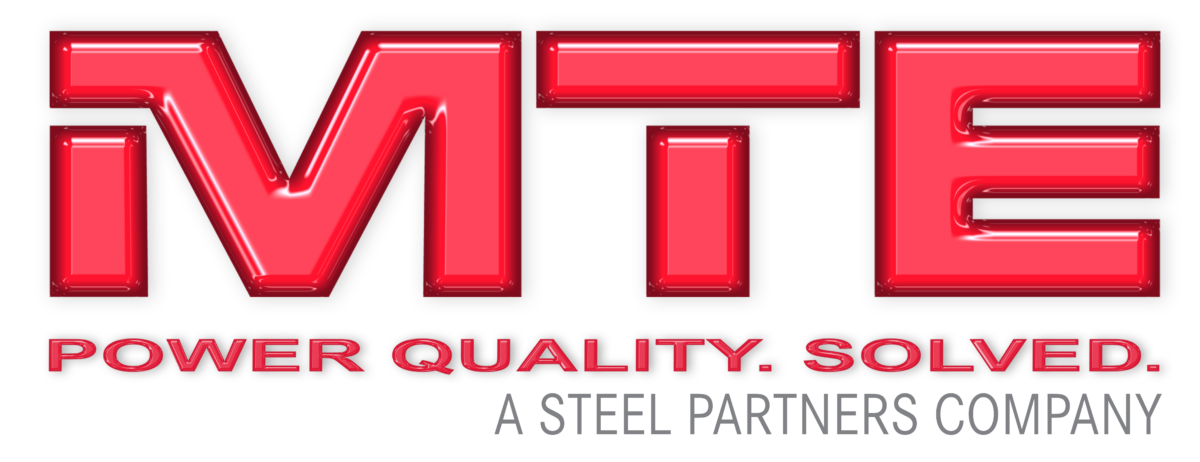Using MTE Matrix® AP Filters to Mitigate Harmonic Distortion in HVAC Systems
Today’s HVAC air handler and chiller units can cause problems that are hard to identify. These problems include interference to telecommunications systems, disruption to programmable logic systems, overheating of components as well as malfunction of the air handler and chiller unit itself.
The reason many technicians have difficulty diagnosing the cause to the problems mentioned above is because it isn’t always apparent. The cause may actually be harmonics. Harmonics can be best described as the shape or characteristics of a voltage or current waveform relative to its fundamental frequency. When waveforms deviate from a sinewave shape they contain harmonics. These current harmonics distort the voltage waveform and create distortion in the power system which can cause many problems, such as those mentioned above.
Harmonics are brought into numerous buildings because many of the newer air handler and chiller units have installed a variable frequency drive (VFD) in their compressor motors. These VFDs enable the HVAC system to vary their output to reduce energy costs, but they have a tendency to introduce harmonics into the building’s electrical system.
Reducing Harmonics
MTE Matrix® AP is the most advanced passive harmonic filter on the market today. Most traditional filters work fine at 100% power load, but severely underperform at lower loads. Matrix® AP is the only harmonic filter that adapts to varying loads virtually eliminating harmonic distortion using its patented Adaptive Passive Technology.
Matrix®AP delivers better Total Harmonic Distortion (THID) performance, increases energy efficiency, and allows you to meet IEEE-519 requirements. Its unique design generates less heat, and is easy to install and maintain. Plus it is generator compatible. With Matrix AP Harmonic Filters, power quality, energy efficiency and reduced downtime are easy to achieve with your HVAC system.
The best-in-class MTE Matrix® AP Harmonic Filters can be specified for use on the input of your HVAC to enable your system to meet the IEEE-519 requirements for harmonic distortion, regardless of power load.
Common Problems with HVAC systems using Variable Frequency Drives
- Chillers or air handlers tripping, which leads to shutdown
- A variable frequency drive (VFD) fails to vary the discharge pump speed.
- Programmable controls suddenly experience problems when operating on standby power.
- A VFD randomly trips in a chilled water system resulting in a high-temperature alarm. A circuit breaker trips, leading to a system shutdown, but a clamp meter reading reveals no abnormal current flow in the system

